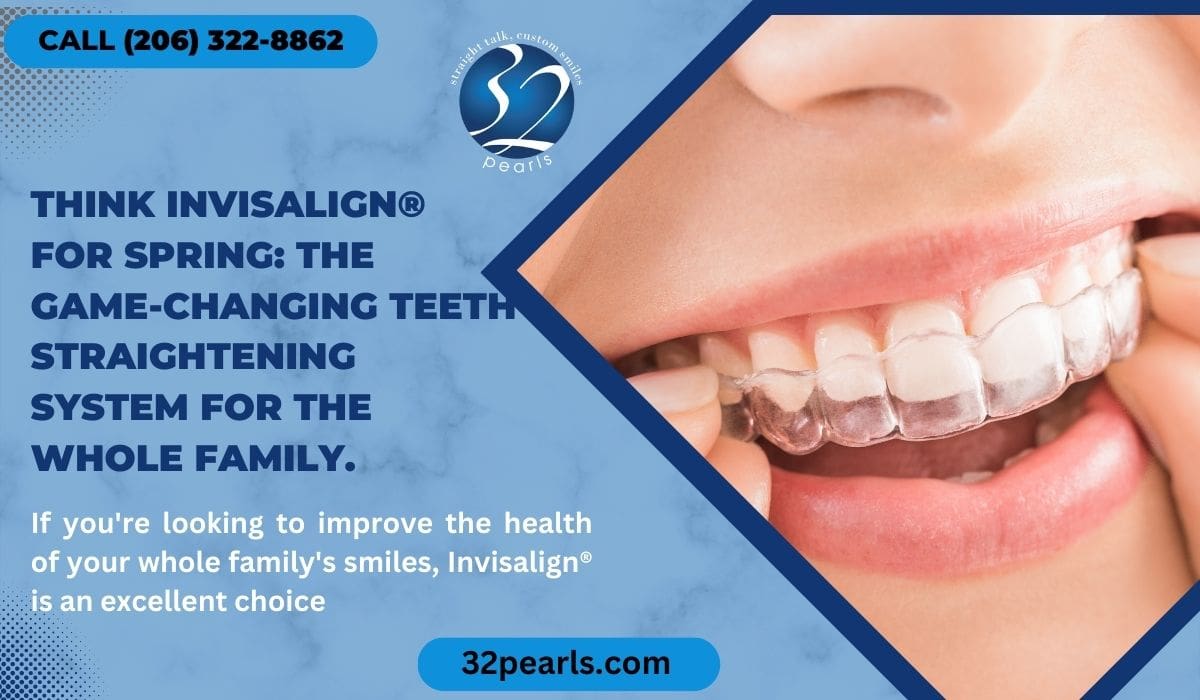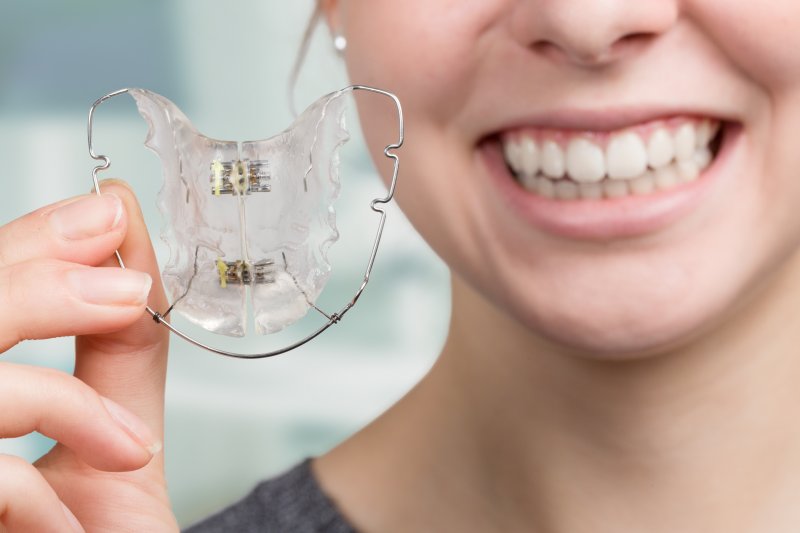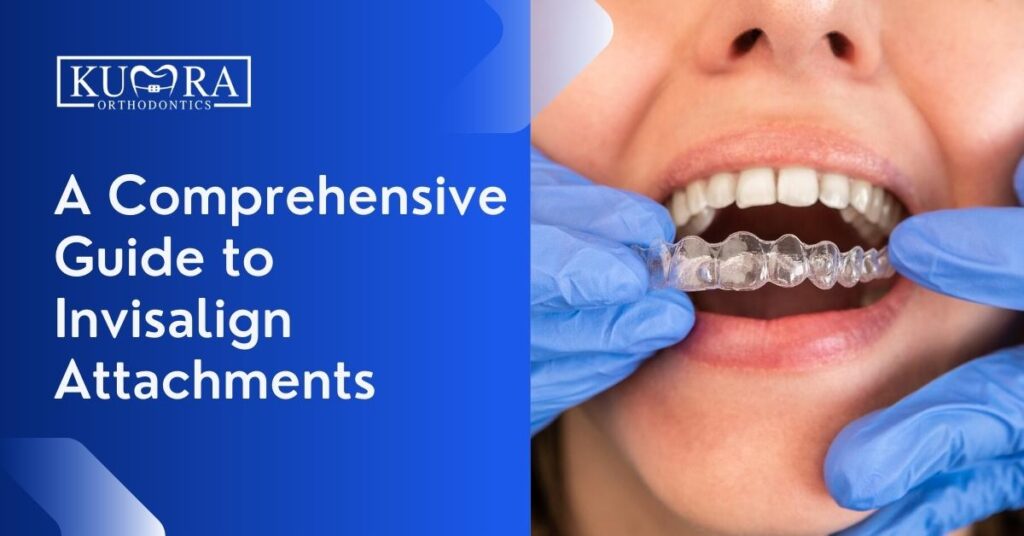The Ultimate Contrast: Invisalign vs. Traditional Braces for Grownups
The Ultimate Contrast: Invisalign vs. Traditional Braces for Grownups
Blog Article
Invisalign vs. Typical Dental braces: Which Option Is Right for You?
When considering orthodontic therapy, the option in between Invisalign and standard dental braces presents numerous crucial elements that merit mindful examination. Invisalign provides a discreet alternative with detachable aligners, while typical dental braces provide an extra visible yet reliable option for extreme misalignment.
Introduction of Therapy Options

In contrast, conventional braces contain steel brackets and cables that are bonded to the teeth. This technique applies constant stress in time to achieve alignment. While effective for complicated orthodontic concerns, traditional braces require normal gos to for modifications and can pose challenges in maintaining oral health because of the problem of cleansing around cables and braces.
Both alternatives have their values, and the option often rests on particular dental conditions, way of life preferences, and individual compliance. Ultimately, seeking advice from an orthodontic expert is essential for identifying the most appropriate treatment plan customized to private requirements. Recognizing the nuances of each option can dramatically affect the overall success of orthodontic treatment.
Visual Factors To Consider
A considerable aspect influencing the selection between Invisalign and standard dental braces is the aesthetic appeal each treatment provides. Invisalign aligners are crafted from clear plastic, making them practically unnoticeable when worn.
On the other hand, conventional dental braces consist of metal brackets and wires, which can be extra noticeable. While advancements in orthodontic modern technology have actually caused the growth of smaller brackets and tinted elastics, typical braces still preserve a more conspicuous account. For some individuals, the presence of dental braces might discourage them from seeking needed treatment.
Eventually, the option in between Invisalign and typical dental braces might hinge on personal preferences concerning looks. Clients who prioritize discernment frequently lean towards Invisalign, while those that are less concerned about visibility may opt for typical dental braces. Comprehending the visual effects of each alternative is essential for making a notified choice that straightens with one's lifestyle and choices.
Comfort and Convenience

In regards to convenience, Invisalign aligners are detachable, enabling clients to enjoy their favored foods without constraint and maintain optimum dental health. Brushing and flossing are streamlined, as the aligners can be secured during these routines, whereas typical braces require mindful steering around braces and cords.
In addition, Invisalign's progressive system permits fewer orthodontic brows through. Clients normally receive several sets of aligners simultaneously, which can improve the treatment procedure and reduce time invested in the orthodontist's chair. In comparison, standard braces require routine adjustments, internet making them much less practical for those with active routines. Invisalign. In general, the convenience and convenience of Invisalign make it an attractive option for numerous people seeking orthodontic treatment.
Treatment Duration and Efficiency
While both Invisalign and traditional braces work in correcting oral misalignments, the period of treatment can vary considerably between the 2 choices. Typically, Invisalign treatment can take anywhere from 12 to 18 months, relying on the intricacy of the case. The clear aligners work by progressively moving teeth into their preferred settings, and normal follow-ups with an orthodontist help ensure development stays on track.
On the other hand, traditional braces often need a longer dedication, typically ranging from 18 months to 3 years. This results from their fixed nature and using braces and cords, which can be more effective for complicated instances and serious misalignments (Invisalign). The treatment performance of conventional braces is well-documented, as they permit exact modifications and greater control over tooth activity
Inevitably, the selection between go to this site Invisalign and traditional dental braces might rest on both the anticipated therapy duration and the details dental concerns available. Consulting with an orthodontist is crucial, as they can supply tailored referrals based on specific needs, making certain the chosen approach lines up with preferred timeframes and results.
Cost Comparison and Insurance Policy Options
Price plays a considerable duty in the decision-making process for people taking into consideration orthodontic treatment, whether opting for Invisalign or conventional dental braces. Usually, the cost of Invisalign arrays from $3,000 to $8,000, while typical dental braces usually set you back in between $2,000 and $6,000. Factors influencing these prices consist of the complexity of the instance, the period of treatment, and geographical location.
Many dental insurance strategies offer partial coverage for orthodontic therapies, but the specifics can vary extensively. Generally, traditional dental braces might be much more often covered by insurance coverage plans compared to Invisalign, which some insurance firms classify as an aesthetic treatment.
In addition, a number of orthodontic methods offer versatile repayment plans, making both therapy alternatives extra obtainable. Patients should ask about prospective financing alternatives and discounts for ahead of time payments. Examining the complete cost, including insurance advantages and layaway plan, is important for making an educated decision that straightens with both visual preferences and budget considerations.

Verdict
In summary, the selection in between Invisalign and typical dental braces pivots on several factors, consisting of aesthetic preferences, comfort, treatment duration, and cost. Invisalign supplies a very discreet, removable choice that helps with dental hygiene and nutritional versatility, while standard dental braces might be preferable for complicated oral concerns and typically come at a lower rate factor. Eventually, consultation with an orthodontist is important to analyze individual conditions and determine one of the most proper treatment choice for achieving optimum oral alignment.
When thinking about orthodontic therapy, the option in between Invisalign and typical braces offers numerous essential aspects that warrant mindful examination.Comparing Invisalign and traditional braces reveals unique therapy alternatives for orthodontic modification.While both Invisalign and traditional dental braces are effective in remedying dental misalignments, the duration of treatment can vary significantly between the 2 alternatives.Cost plays you can check here a considerable duty in the decision-making process for individuals taking into consideration orthodontic therapy, whether opting for Invisalign or typical braces.In recap, the option in between Invisalign and standard braces pivots on several aspects, including aesthetic choices, convenience, therapy duration, and expense.
Report this page